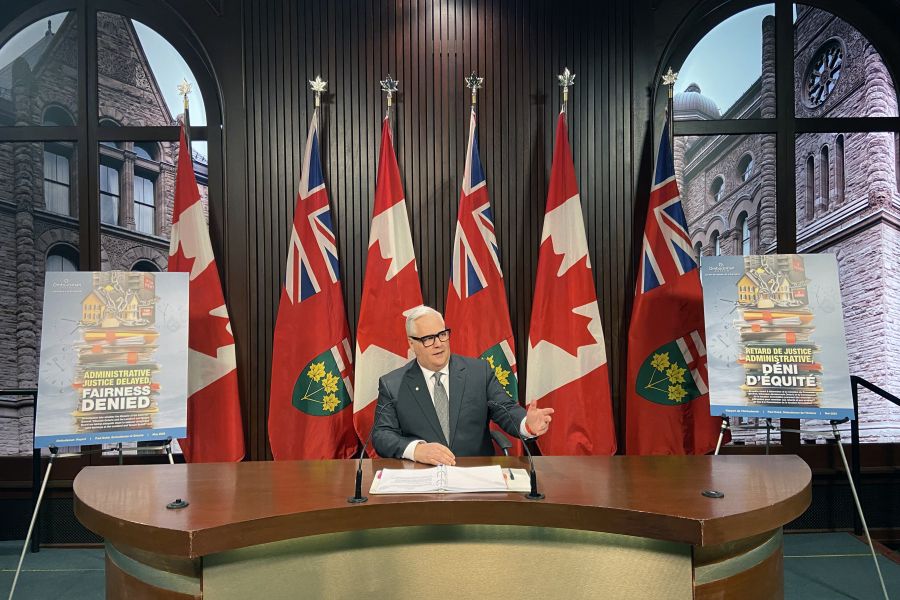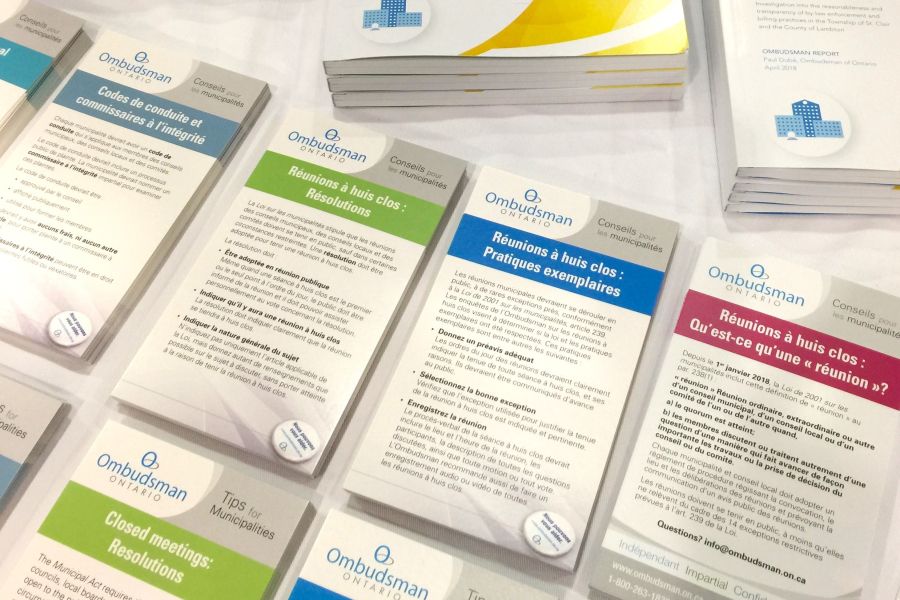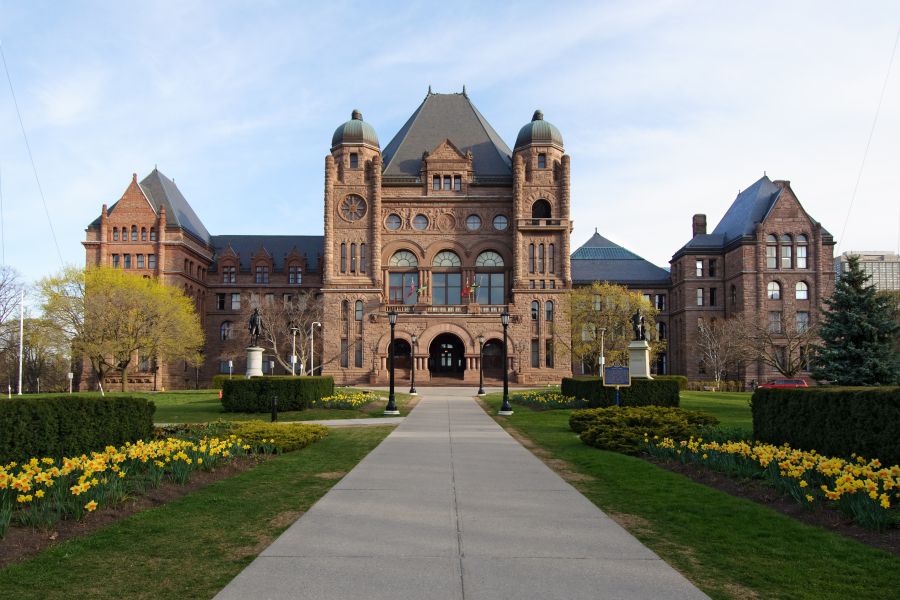Our reports highlight systemic issues we’ve uncovered, the recommendations we’ve made to improve services, and the progress being made. Case summaries showcase real examples of how we’ve helped people resolve their concerns, while our brochures are available in 15 languages.
We invite you to explore this section of our website and see how we’re working to ensure fairness for all Ontarians.







